
Welcome to this week’s edition of TIME’s LightBox Follow Friday, a series where we feature the work of photographers who are using Instagram in new and engaging ways.
This week on #LightBoxFF, TIME has partnered with the Photographic Museum of Humanity to curate #Teamphotogs, a team of 11 photographers from around the world using Instagram to document this year’s biggest sporting event, the 2014 World Cup. From Brazil’s soccer stadiums to cafes in Egypt, these photographers will bring a vast variety of perspectives to this month-long, world-wide event.
Felipe Dana @felipedana – An Associated Press photographer based in Rio de Janerio, Dana began taking photographs at 15 years old as a photo assistant in commercial studios. Since then, his work has appeared in Newsweek, The Atlantic, The Guardian, and the Wall Street Journal, among many others.
Rodrigo Abd @abdrodrigo – Born in Buenos Aires, Argentina, Abd has been a staff photographer with the Associated Press since 2003, covering political unrest in Bolivia, Venezuala’s 2007 presidential elections and the 2010 Haiti earthquake. He was part of a team of AP photographers to be awarded the Pulitzer Prize for Breaking News in 2013 for work covering the Syrian civil war.
Mar. 23, 2014. By Mario Tama.
Damir Sagolj @damirsagolj – Currently based in Bangkok, Thailand, Sagolj began taking photographs while serving in the Bosnian army during the Balkan wars. In 1997, he became Reuters’ chief Bosnia photographer and was nominated for a Pulitzer Prize for his coverage of coalition forces in Iraq following Sept.11. His work has been published in TIME, The Washington Post, Newsweek, The New York Times and Le Monde, among others.
Oliver Weiken @oliverweiken – Born in Germany, Weiken joined the European Pressphoto Agency in 2005 after working for two years with Deutsche Presse-Agentur. He has covered the G8 summit, Pope Francis and international sports events. He is currently based in Tel Aviv covering the Israel/Palestine conflicts.
Joao Pina @joaopinaphoto – A freelance photographer from Lisbon, Portugal and based in Buenos Aires, Pina’s work covering gang violence, the Arab Spring and the war in Afghanistan has appeared in The New Yorker, Human Rights Watch, The New York Times and Visao.
May 31, 2014. By Tommaso Protti.
Alejandro Kirchuk @akirchuk – Kirchuk produces long-term documentary projects in Latin America and is currently based in Buenos Aires, Argentina. He won a 2012 World Press Award for his series ‘Never Let You Go,’ that explored Alzheimer’s disease. His photos have been published in the New York Times, The Guardian, The Wall Street Journal and ESPN Magazine.
Tommaso Protti @tomprotti – Born in Italy and based in Brazil, Protti is an award winning documentary photographer who’s work has been featured in Esquire, Le Monde, The New Yorker, National Geographic and The New York Times. He has recently exhibited photos at the Prix Bayeux-Calvados festival in France and Fotoleggendo in Italy.
Mario Tama @mario_tama – Tama joined Getty Images in 2003 and has won multiple awards for his coverage of Hurricane Katrina, Sept.11, the war in Afghanistan. His work has been exhibited at Visa Pour l’Image in France and he’s been featured in National Geographic and Newsweek.
May 31, 2014. By Joao Pina
Laura El-Tantawy @laura_eltantawy – A member of the VII Photo Mentor program, El-Tantawy is an Egyptian photographer who began her career in 2002 with the Milwaukee Journal and Sentinel and the Sarasota Herald-Tribune. She is currently a freelance photographer based in Cairo, Egypt and London, U.K.
Alice Martins @martinsalicea – Based in the Middle East, Martins has been reporting on the Syrian civil war since 2012. A freelance photojournalist covering conflict and crises in Africa, the Gaza Strip, Brazil, her work has appeared in National Geographic, Al Jazeera, Vice, Newsweek, The Daily Beast, The Washington Post and The New Yorker.
Meeri Koutaniemi @meerimatildakouta – Covering human rights issues in over 20 countries, Koutaniemi is a freelance photojournalist and documentary film maker who is currently based in Helsinki. In 2012 she won Press Photographer of the Year in Finland and is now working on a long-term project on female mutilation.
The Photographic Museum of Humanity is an online museum dedicated to contemporary photography.
Krystal Grow is a contributor to TIME LightBox. Follow her on Twitter and Instagram @kgreyscale.
Phil Bicker is a senior photo editor at TIME.
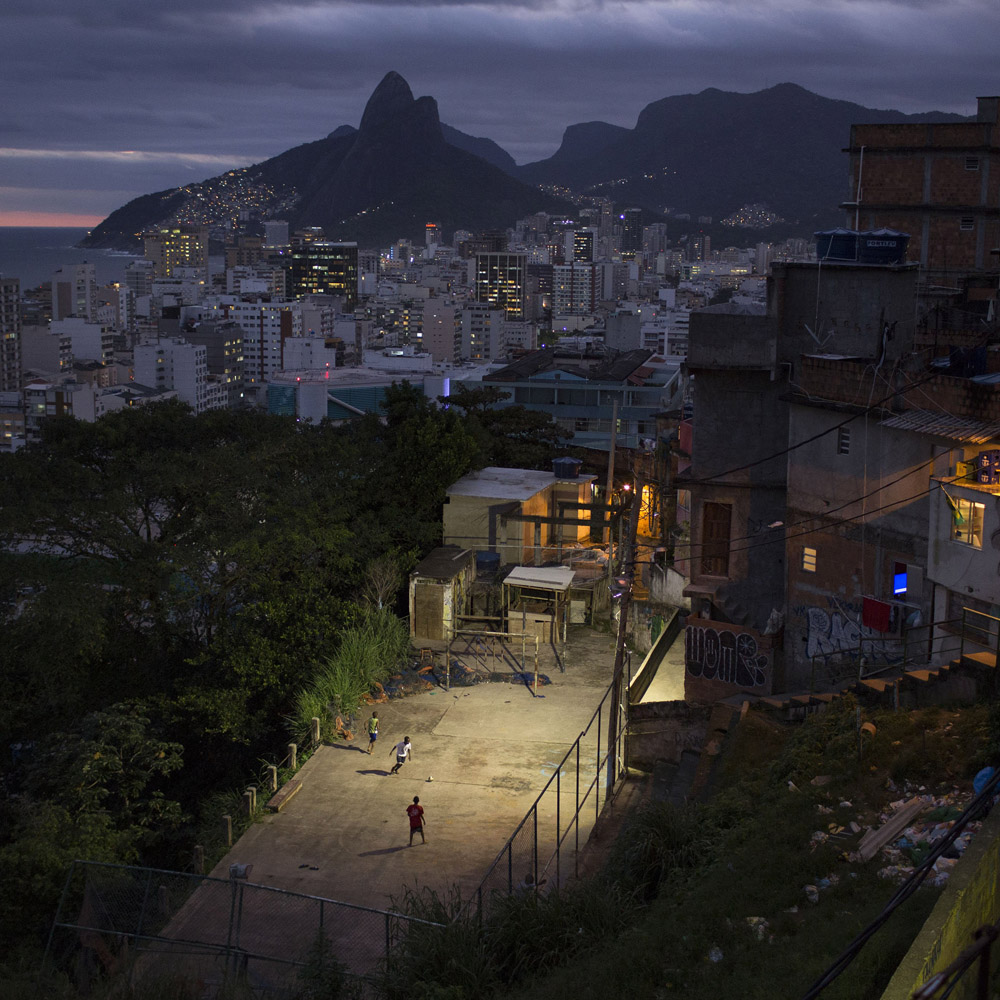
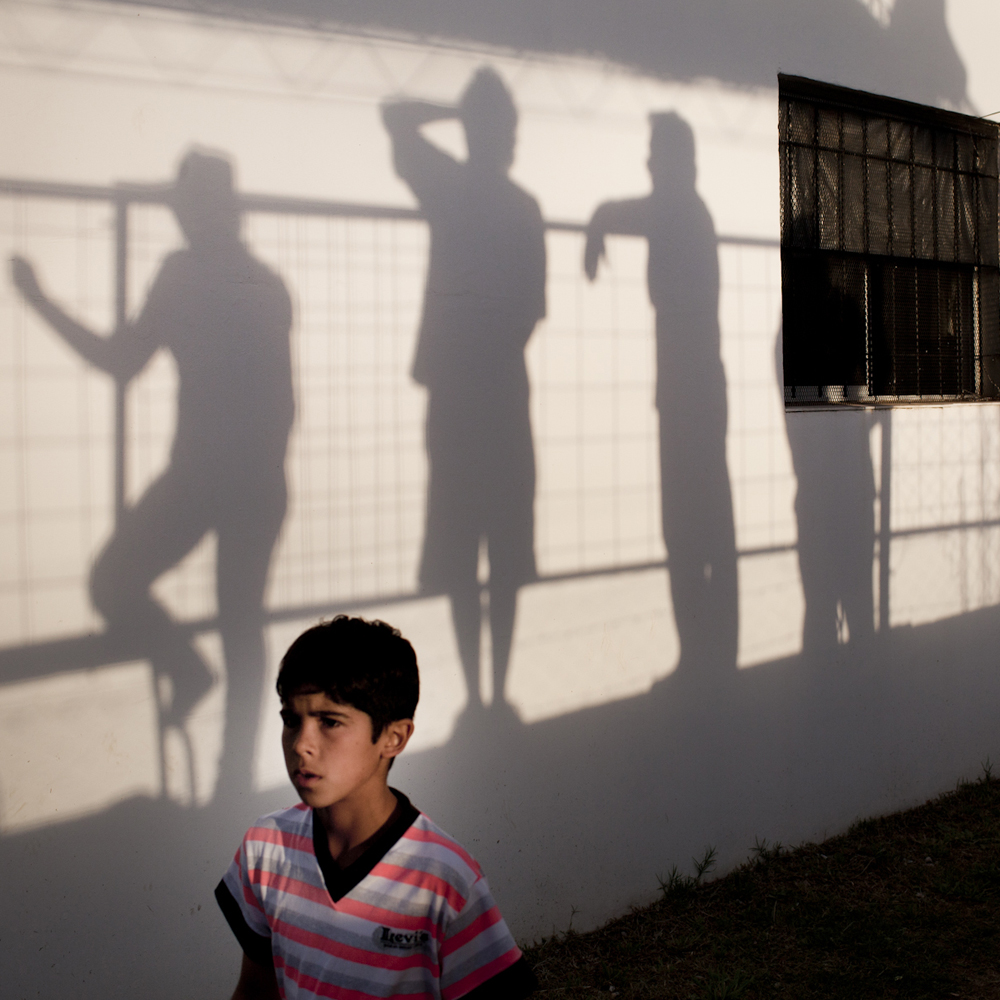
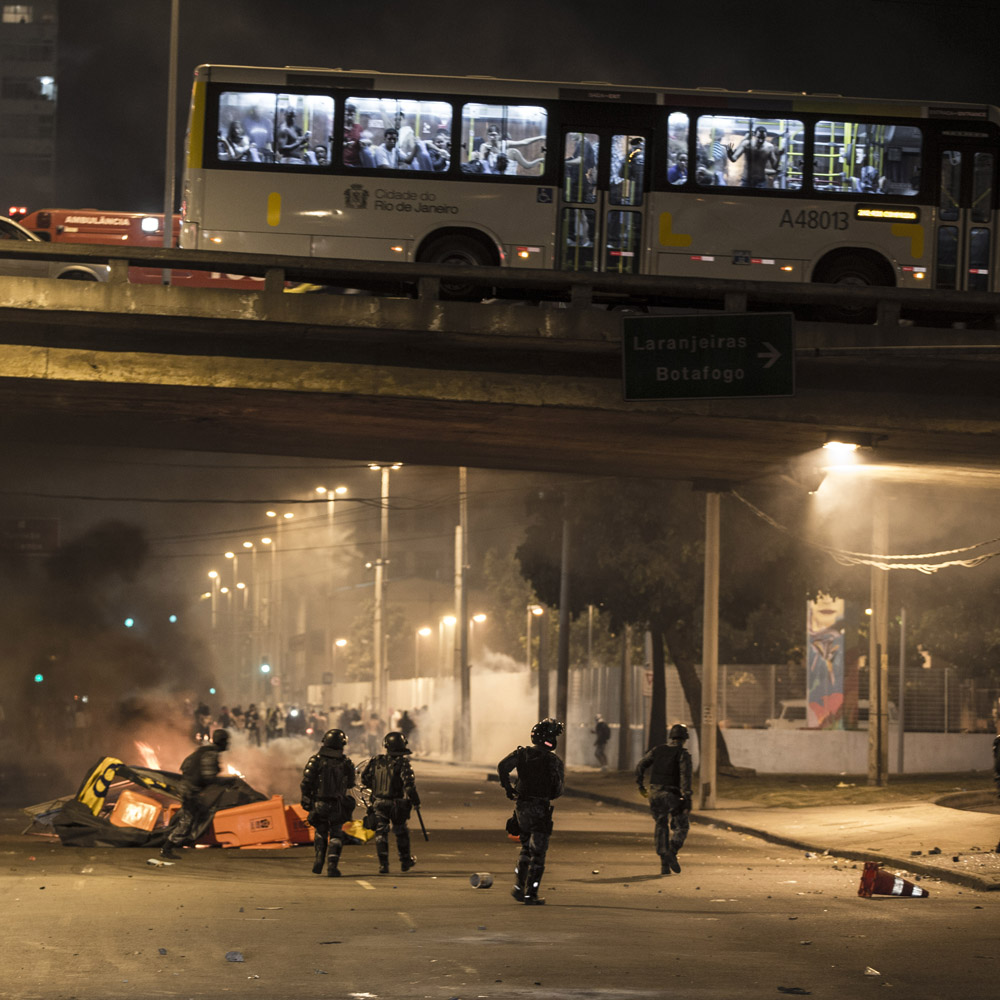
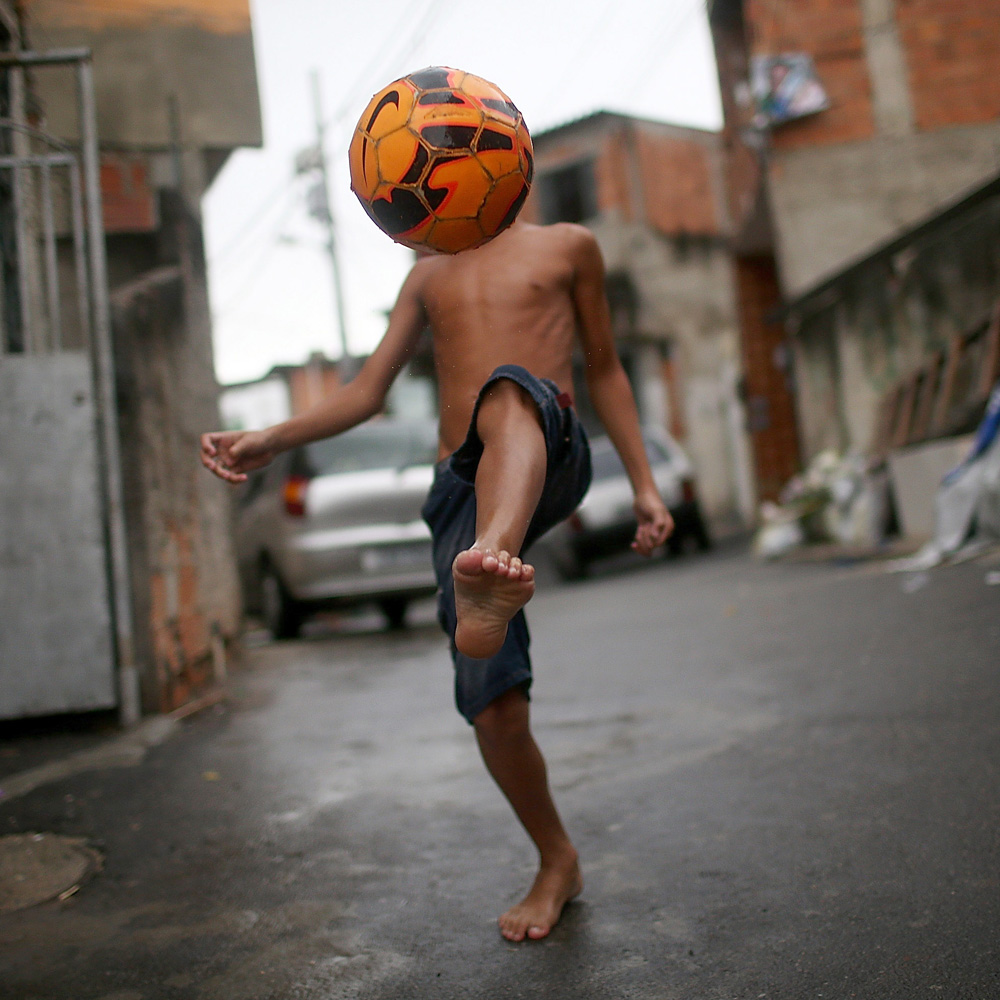

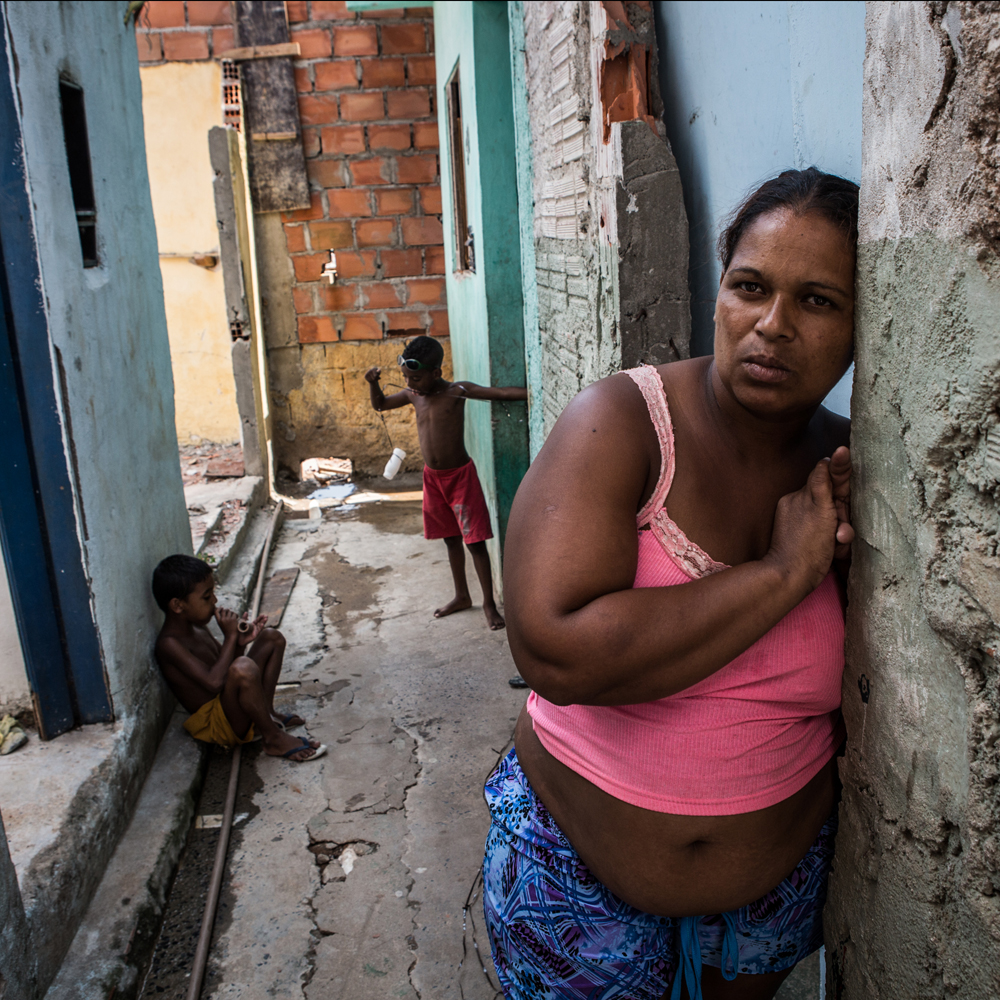



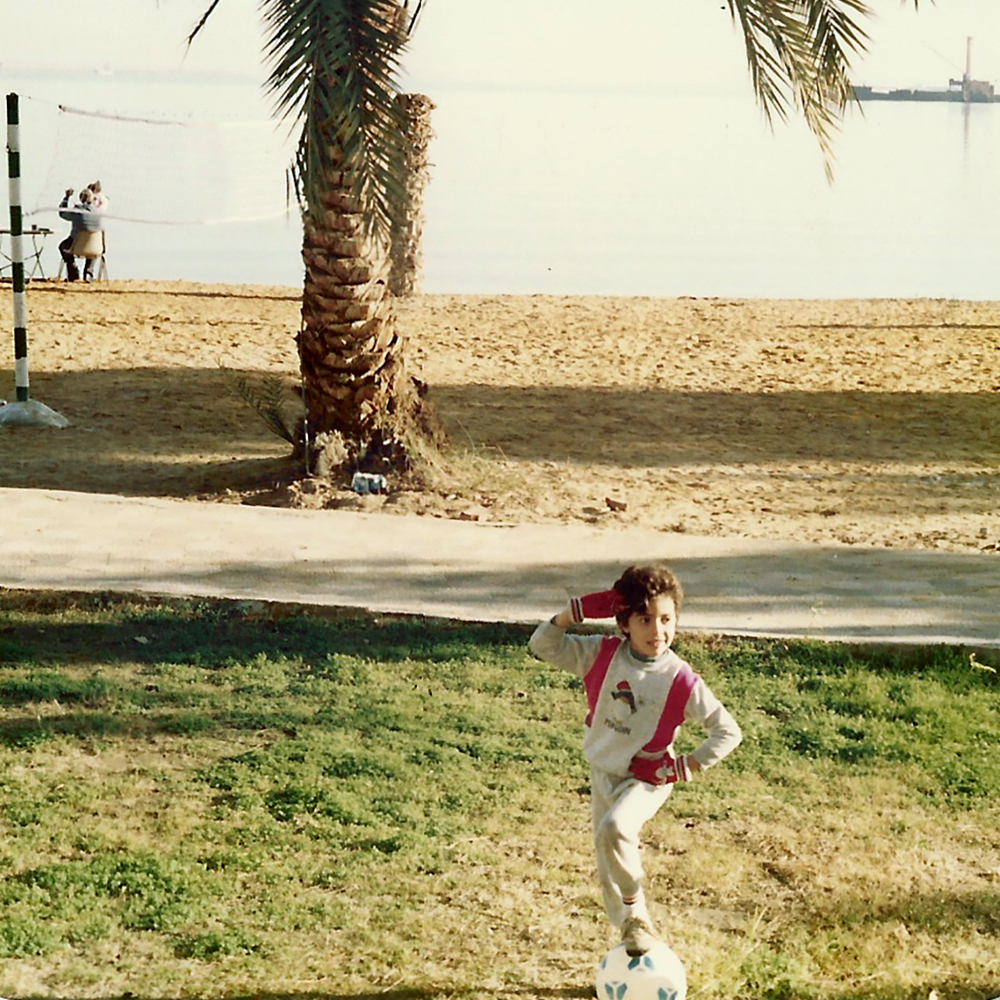
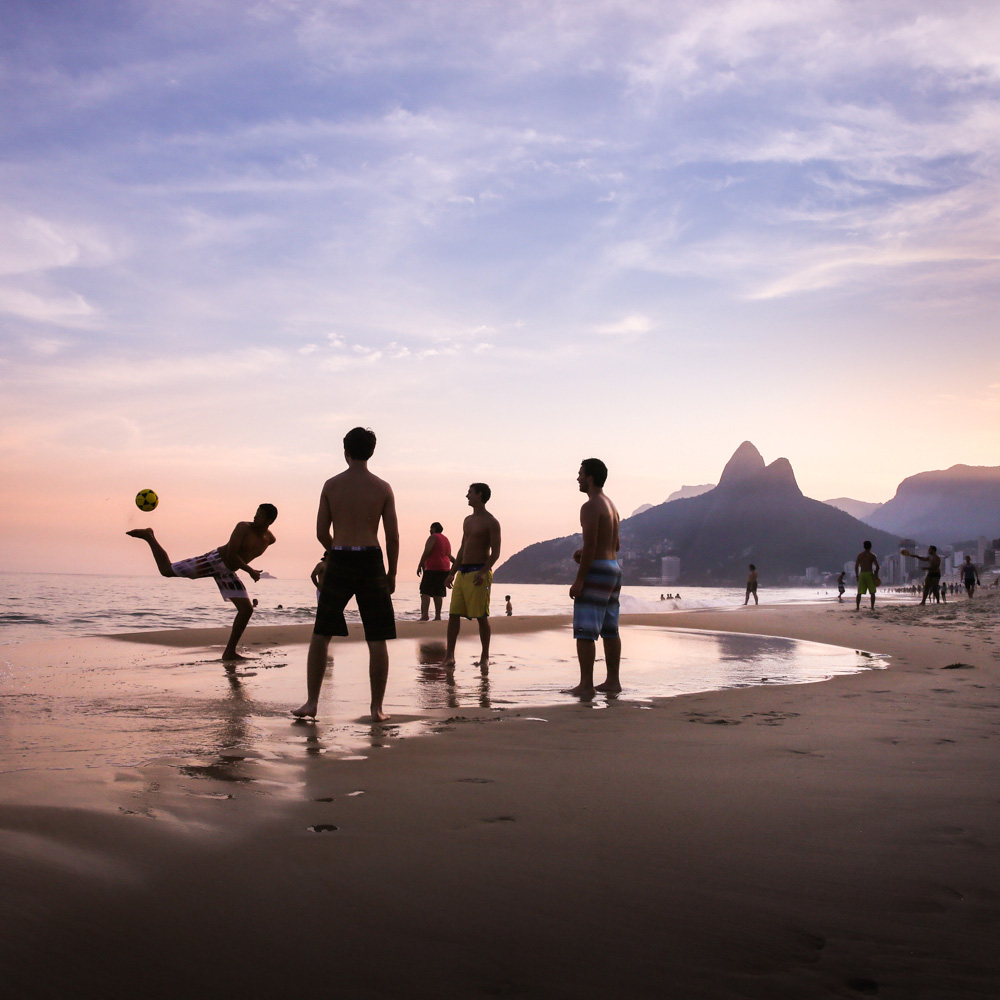
More Must-Reads from TIME
- Donald Trump Is TIME's 2024 Person of the Year
- Why We Chose Trump as Person of the Year
- Is Intermittent Fasting Good or Bad for You?
- The 100 Must-Read Books of 2024
- The 20 Best Christmas TV Episodes
- Column: If Optimism Feels Ridiculous Now, Try Hope
- The Future of Climate Action Is Trade Policy
- Merle Bombardieri Is Helping People Make the Baby Decision
Contact us at letters@time.com